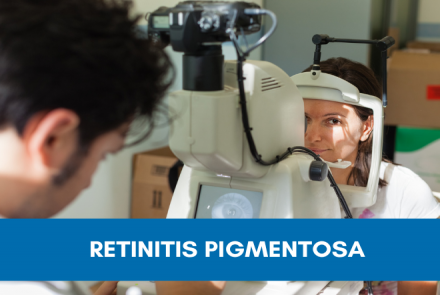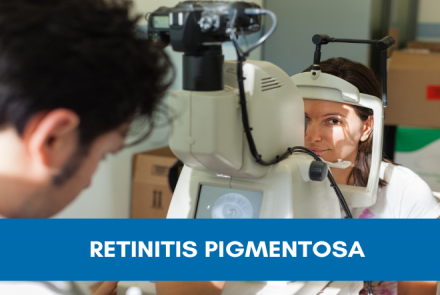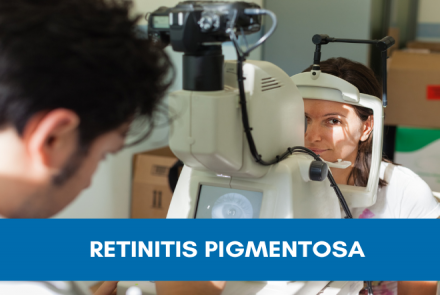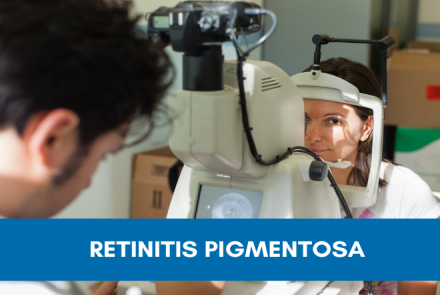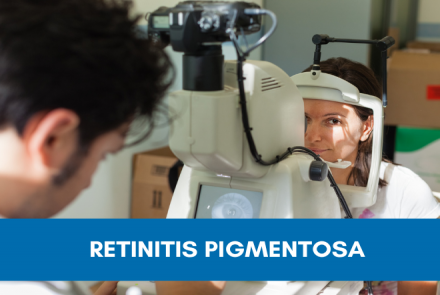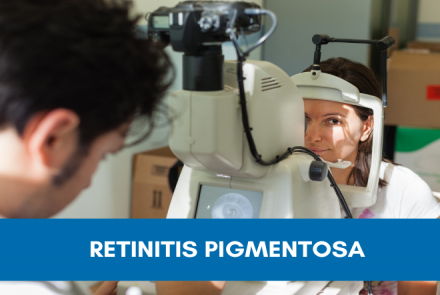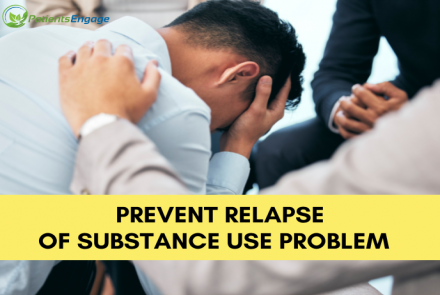How To Manage Retinitis Pigmentosa
Low vision rehabilitation and psychosocial counselling are crucial aspects in managing RP and are of huge benefit to RP patients in living life to the fullest even in the presence of visual deterioration.
Low vision rehabilitation includes use of specialised devices like magnifying glasses and illumination devices for enhancement of central vision, telescopes for addressing distant vision difficulties, filtered glasses to take care of light sensitivity and…
Latest Stories
- Can Retinitis Pigmentosa Be Prevented? As majority of the RP cases are inherited, special attention is needed to address the genetic aspect. Genetic counselling, detailed family members examination, genetic testing, understanding the pattern of inheritance, pre-natal and antenatal tests at necessary situations are very important in prevention of RP and its risk reduction in future generation. Contributed by Dr Deepika C Parameswarappa, Consultant Ophthalmologist, LV Prasad Eye Institute…
- Treatment for Retinitis Pigmentosa Specific treatments to prevent the progression or stop RP are still in evolution. Various treatments have been tried by large studies over the past few decades. Light protection by wearing of dark or yellow orange glasses are shown to help in preventing progression by few studies and help in tackling photophobia. Vitamin A, and docosahexaenoic acid supplementation has also been found useful in few studies to prevent progression. The vitamin supplementation…
- Diagnosis of Retinitis Pigmentosa RP can be diagnosed by the typical clinical symptoms and signs observed during a clinical examination. However, there are various diagnostic tests which help in better understanding of the disease, its severity and progression pattern. The various tests include fundus autofluorescence (FAF), optic coherence tomography (OCT), Visual fields (VF), full field electroretinogram, pattern electroretinogram, dark adaptometry and genetic analysis. FAF (Fundus Auto…
- Types of Retinitis Pigmentosa RP can be broadly categorised as non-syndromic and syndromic. The non-syndromic form where only the eye is involved, is more commonly seen than syndromic. Syndromic RP will have an associated systemic abnormalities like Usher syndrome, Lawrence Moon Bardet Biedl Syndrome, Kearns-Sayre Syndrome, Refsum disease, Abetalipoproteinemia, Neuronal ceroid lipofuscinosis, Joubert syndrome etc. Syndromic RP requires special attention for early detection of both RP as well as…
- It is important to recognise the early Signs and Symptoms of Retinitis Pigmentosa. Symptoms of RP include night vision difficulties in childhood or later and slow loss of peripheral vision due to degeneration of rod photoreceptors. A person with RP will have visual problems in dim light, late evenings and during night-time if the illumination is low. There will also be delayed adaptation to dark environment like entering a cinema hall or dimly lit restaurant. The loss of peripheral vision is…
- Causes and Risk Factors of RP Retinitis Pigmentosa (RP) is caused due to a genetic defect(mutation) in the genes responsible for proper function of visual cycle which lead to abnormal protein formation and loss of function of photoreceptors. Photoreceptors (rods and cones) are light sensitive cells in the retinal layers. Rod photoreceptors are responsible for night vision and peripheral vision. Cone photoreceptors are responsible for central vision, high resolution of images and colour vision.…
- What is Retinitis Pigmentosa Retinitis pigmentosa (RP) belongs to a group of genetic retinal diseases referred to as inherited retinal dystrophies. RP affects the cells (photoreceptors and retinal pigment epithelium) in the back part of the eye i.e., the retina which is one of the crucial structures in eye responsible for vision. A person affected with RP can develop symptoms in early childhood or later in life. In majority of the patients, it is a progressive disease where in patient…
- Lapses and relapses are an integral part of recovery of substance use. This article discusses ways to avoid them and how to deal with it when it happens. Important for the person going through substance use problem and their family to understand. This is part of the series on substance use shared by the Addictions Research Group at Sangath India. Part 1 of the series described about What is Substance Use Disorder Part 2 talked of How to overcome a Substance Use Disorder Part 3 talked…

